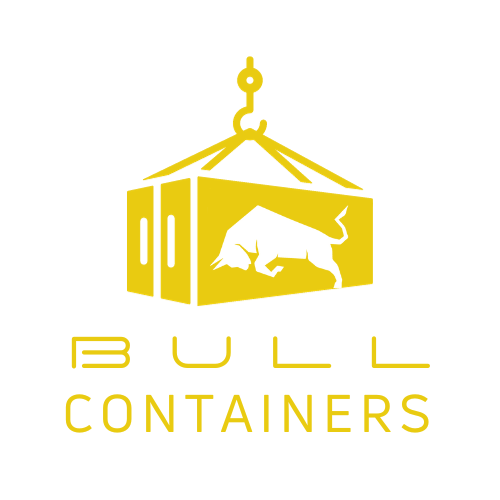In the vast world of the transportation industry, one of the most essential but often overlooked components is the chassis. These steel structures may seem simple at first glance, but they are critical to the functioning of the modern transportation industry. Here, we will explore why chassis are a fundamental foundation for this critical industry.
1. Standardization and Efficiency
Chassis are the answer to the challenge of transporting containers efficiently and safely. In a world driven by global trade, standardization is key. ISO containers, which come in sizes such as 20, 40 and 53 feet, are the standard currency of global trade. The chassis are specifically designed to accommodate these containers efficiently. This means they can be loaded and unloaded quickly, and can be moved from one mode of transport to another seamlessly, streamlining the entire supply chain.
2. Intermodal Transport
Intermodal transportation, which involves multiple modes of transportation such as trucks, trains and ships, is essential to the functioning of the global economy. Chassis are vital to this system by allowing containers to move seamlessly from one mode of transport to another. They can be hitched to a truck at a port, then transferred to a train and finally to a ship, all without the need to unpack and reload. This not only saves time but also reduces the risk of damage to the cargo.
3. Efficient Loading and Unloading
Speed and efficiency in loading and unloading containers are essential to maintaining the constant flow of goods. Chassis lift containers from the ground, making loading and unloading easy without the need for heavy equipment or cranes. This not only reduces the time needed to load and unload, but also minimizes the risk of damage to cargo and improves productivity.
4. Cost Reduction
In a world where efficiency and economy are essential, chassis play an important role in reducing costs. They allow companies to transport more cargo in a single trip, reducing operating expenses such as fuel and tolls. Additionally, high-quality chassis are durable and require minimal maintenance, saving costs in the long run.
5. Cargo Security
Cargo security is a priority for both transportation companies and shippers. Chassis plays a crucial role in keeping cargo containers securely during transportation. Its locking mechanisms and robust construction prevent sudden movements and damage to cargo, which is especially important for sensitive or valuable goods.
6. Sustainability and Emissions Reduction
At a time when sustainability is a global concern, chassis contribute to reducing carbon emissions. By allowing more freight to be transported with fewer trips, they help reduce the carbon footprint of freight transportation. Additionally, advances in design and materials have led to the creation of lighter and more fuel-efficient chassis.
In conclusion
Chassis are the backbone of the transportation industry. Its ability to standardize, facilitate intermodal transportation, improve loading and unloading efficiency, reduce operating costs, and ensure cargo security are critical to maintaining the constant flow of goods around the world. Without these steel pillars, the transportation industry would not be able to keep moving as efficiently and effectively as it does today. Chassis are truly the foundation upon which the success of the transportation industry is built.






